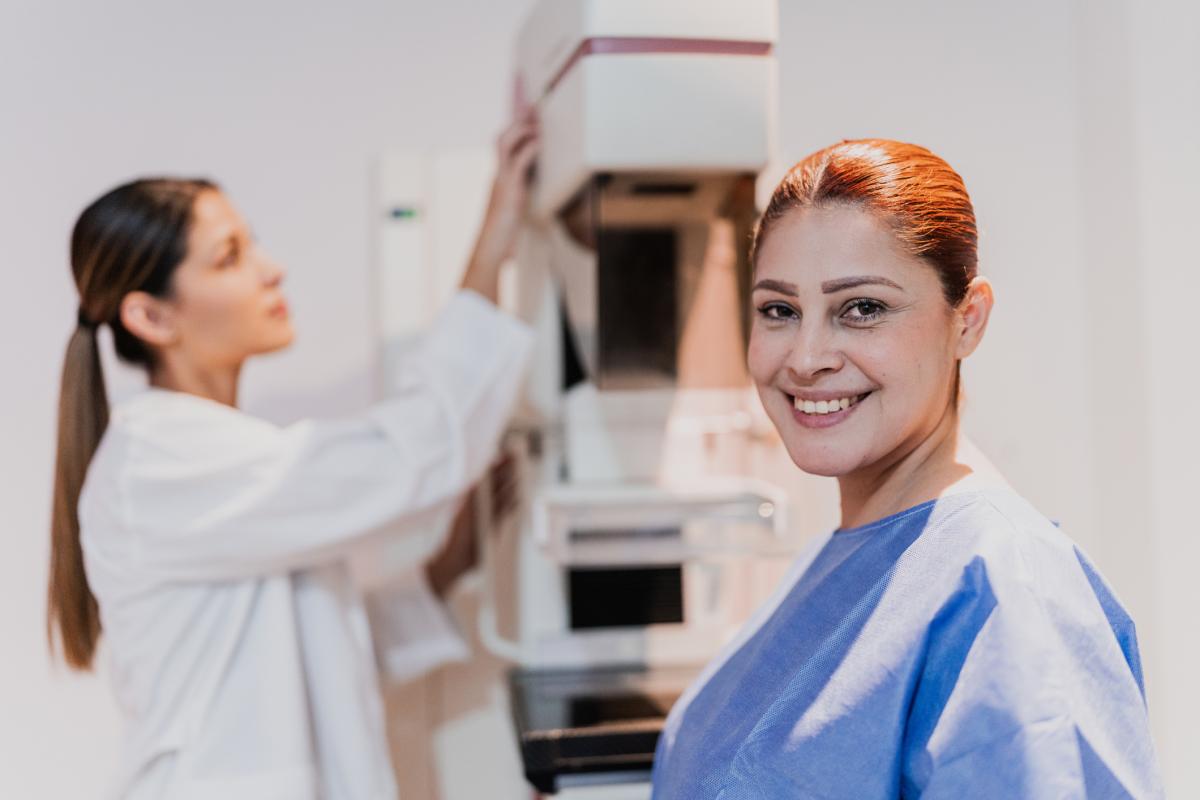Who should have a mammogram?

The best age to start mammography — there’s been a lot of discussion about that issue. The major medical societies all agree and that includes the American Cancer Society, American College of Radiology, National Comprehensive Cancer Network and American College of Obstetricians and Gynecologists.
Age 40 – that’s when they all advise every woman should start getting an annual mammogram.
The U.S. Preventive Services Task Force, however, says that mammograms should start at age 50 – and be given every other year. Many physicians (including me) don’t agree with that Task Force advisory.
At least 25 percent of all breast cancers are found in women under age 50 – and we don’t want to miss those. Those women are young, otherwise healthy people. If they wait every other year, a tumor may be too big to be curable by the time we find it. The smaller the cancer, the more likely it is curable.
At Nebraska Medicine, we tell all our patients that age 40 is the year to start mammography.
And, with our newest technology – 3D mammography – we have increased cancer detection rates by 40 percent. That’s amazing!
If you’re in your 40s, 50s and older, this new 3D technology may help you live longer. It’s just that simple.
You see, 3D mammography is very sophisticated – a major advancement in breast cancer screening and detection. The technology is able to convert digital breast images into a series of very thin layers – sometimes called “slices” – to create a three-dimensional mammogram. It’s similar to seeing the pages in a book.
It’s a whole series of cross-sectional views of breast tissue. With this series of images, we get much more detail, compared to traditional mammography.
We can see masses (tumors) that hide behind milk ducts, arteries, ligaments and fat in the breast tissue. We can more easily inspect dense breasts as well as fatty breasts.
We tell all our patients that age 40 is the year to start. There’s no reason against it.
Some women worry about radiation exposure in mammography. The truth is, the radiation dose is still very low with mammography – including 3D mammography.
While you may not realize it, we have radiation bombarding us at all times – what’s known as “background radiation.” It’s part of everyday living, for everyone on this planet.
In some environments, the background radiation is slightly higher.
You get more background radiation on a flight between New York City and Los Angeles, compared to radiation from mammography. Or, if you visit a high-altitude location in the Rocky Mountains, you get radiation exposure that exceeds a mammogram.
So, the radiation from mammography should NOT be a factor.
Now that health insurance may cover 3D mammography, there’s no reason to postpone your annual visit. If your health insurance does not cover 3D mammography (and your mammogram is done at one of our clinics), Nebraska Medicine will not bill you the additional expense for the 3D imaging component of the mammography.
This technology has truly been surprising to me – the biggest leap so far in breast cancer screening, over the past 30 years. This new technology will save more lives. It’s a major step forward in breast cancer detection.
Is it time for your annual mammogram? Make your appointment at Nebraska Medicine by calling 800-922-0000.




